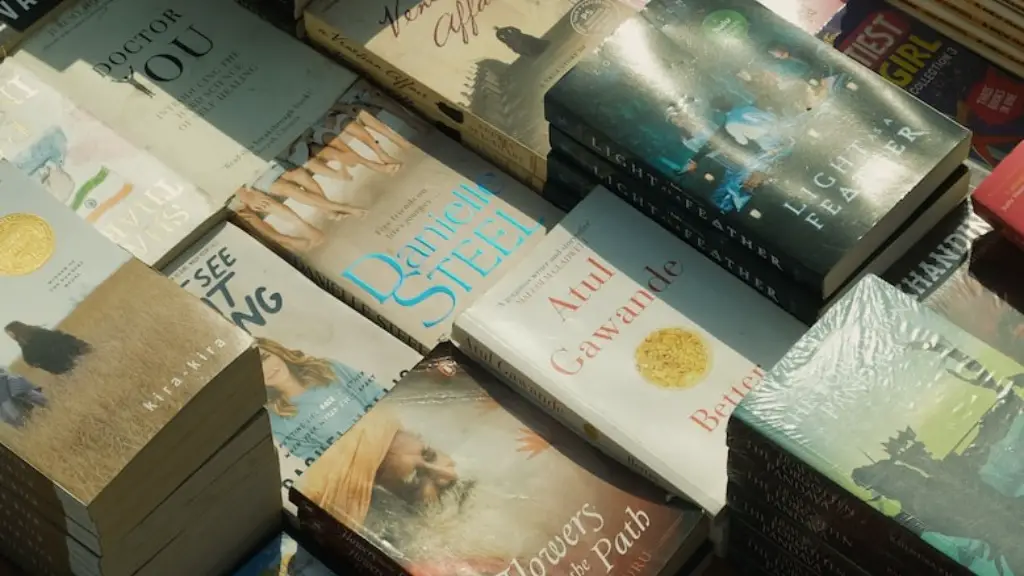Understand the Content
Teaching poetry to students can be both exciting and overwhelming. In order to do it effectively, the teacher must first understand the content. This means analyzing the poem’s rhyme and meter, and understanding how to explain the poem’s language to students. To prepare for teaching poetry in the classroom, the teacher should study any relevant literary criticism, as well as the poem itself. It will also help to read background information about the poet, such as biographies or other works.
Connect with Students
In order to effectively teach poetry, a teacher must tap into the students’ interests. For example, if a teacher notices students talking about a certain musician during lunch, or discussing a certain television show in the hallway, the teacher can use this knowledge to make a real-world connection to the poem. When students can make the connection between what they already know and the poem they’re reading, they’re more likely to be engaged in the content.
Model Reading Aloud
One of the best ways to teach poetry is to model reading the poem aloud to the students. When the teacher reads a poem aloud, they can use the right intonation and punctuation to emphasize the right parts. The teacher should make sure to read the poem slowly and carefully so that the students can absorb the content.
Explain Literary Terms
When teaching poetry, it helps to be familiar with common literary terms such as meter, rhyme, alliteration and metaphors. The teacher should explain these terms to the students and point out examples from the poem. This can help to break down barriers for students who may not be keen readers or might not understand some of the more complex poetry terms.
Encourage Reading and Analysis
In order to effectively teach poetry, the teacher should encourage students to read and analyze the poem on their own. This can be done through class discussion or by giving assignments in which the students are asked to dissect the poem’s meaning. Giving the students the tools to analyze and interpret poetry can give them a greater appreciation for the craft and help them to understand the language and ideas behind a poem.
Use Visual Aids
When teaching a poem, the teacher should use visual aids to help explain the poem’s content more easily. This can include images, audio recordings, videos and other media that can be used to demonstrate concepts explained in the text. By engaging the students’ minds with multiple forms of media, the teacher can help them re-engage with the poem in a way that is most comfortable for them.
Engage Students with Games
In order to make teaching poetry even more engaging for students, the teacher can also use games. These can include quizzes on the content of the poem, or writing exercises in which the students create their own poems based on the poem being taught. Games can be a great way to foster creativity and engagement, while also teaching the necessary concepts.
Involve Other Teachers
In order to make the teaching of poetry more meaningful and engaging, the teacher should also involve other teachers if possible. This can include having guests speakers come in to the classroom to talk about their experiences with poetry, or having students presenting their poems to the class. This can be a great way for the students to connect with poetry in a more real and meaningful way.
Connect to Other Media Forms
Students may be more likely to engage with poetry if it is connected to other forms of media. For example, the teacher can show clips from films that contain poems or quote poems in the context of other media. This can help students to understand the poem in the context of the larger world and see how it connects with other kinds of art.
Encourage Creativity
Ultimately, the goal of teaching poetry is to foster creativity and critical thinking in students. Instead of simply memorizing a poem, the teacher should encourage students to explore and express their own views on the poem. The teacher should strive to create a safe and welcoming environment where students can express themselves and be creative without fear of judgment.
Integrate Technology
In this day and age, technology should be integrated into the teaching of poetry. This can include using software and apps to facilitate the learning of poetry concepts or to provide students with additional resources. Additionally, devices such as iPads and computers can be used to help students read and understand the poem.
Encourage Discussions
In order to ensure that students are engaging with the poem, the teacher should be sure to encourage discussions among the students. This can be done in the form of small group discussions or class discussions about the poem’s meaning or message. When students are actively engaging with the poem, they are more likely to understand and appreciate the poem’s content.
Set Up Exercises
The teacher can also set up exercises that require students to analyze and interpret the poem. For example, the teacher can ask the students to compare and contrast two poems or to write a scene based on the poem. By engaging the students in creative ways, the teacher can ensure that they are truly understanding the poem’s content.
Allow for Personal Interpretations
The teacher should also allow for personal interpretations of the poem. While the teacher may have their own ideas and interpretations, they should allow the students to come to their own conclusions as well. This can help to foster critical thinking among the students and help them to gain a deeper understanding of the poem’s content.
Keep the Content Relevant
Finally, the teacher should ensure that the poetry is always relevant to the students. This means selecting poems that students can relate to and making sure to discuss the poem’s themes in a way that students can understand. When the teacher connects the poem’s content to the students’ lives, the students will be more likely to engage with and understand the poem.



